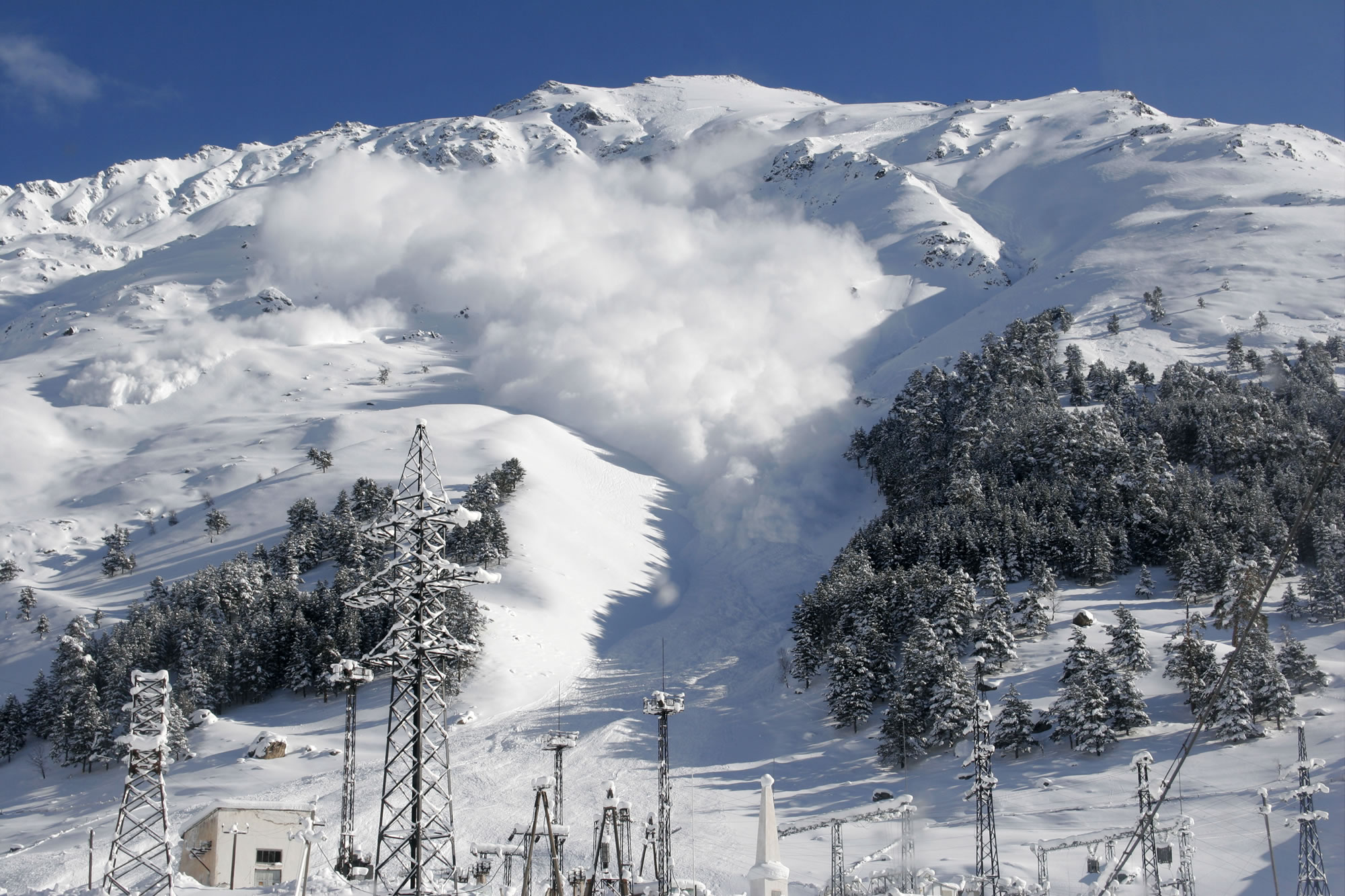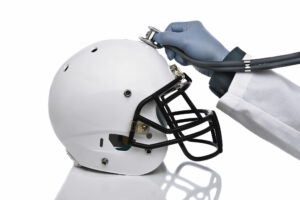It’s been ten years since the tragic deaths of seven students in an avalanche at Roger’s Pass during a school ski trip. Since then the Canadian Avalanche Foundation has teamed with Parks Canada to overhaul public education on avalanche safety.
The initiative began in schools by informing parents how dangerous outdoor adventure activities can be. Ross Cloutier, professor in adventure studies at Thompson Rivers University, recommended schools revisit their outdoor activity policies. Many schools took this to heart.
Parks Canada created the Avalanche Terrain Exposure Scale, a guide to help backcountry users assess the severity of the terrain. The addition of signs at specific mountain trail areas served to increase public awareness and understanding of the territory and its associated risks. Some school and tour groups have been banned from complex areas in an effort to maximize safety.
It’s important to be prepared and to follow all safety regulations, as avalanches can still result in fatalities. In 2012, the US saw 36 people killed by avalanches; 22 were killed in Canada in 2008. When you’re out in the mountains this season, remember these tips:
- Evaluate the terrain before heading into potentially dangerous conditions.
- Always hike, snowshoe, ski, or snowboard with someone else.
- Carry appropriate safety equipment and take appropriate safety training programs.
- Always carry a cell phone and a GPS tracking device.
Being prepared is your best defence – check the Canadian Avalanche Centre for how to stay safe in winter backcountry.







